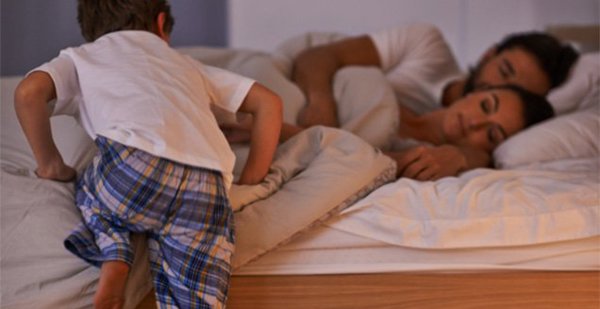How to Have a Successful Daylight Saving Time Change

Go ahead and mark your calendars – March 11, 2018 is the day we spring forward and lose an hour of sleep. It’s the week when it’s a little extra hard to get out of bed in the mornings, but you usually forget about your grogginess by lunch time. Unfortunately, your kids may not adjust as quickly to this change in their sleep schedule. Losing an hour of sleep could mean changes in their mood, appetite, attention span, and more.
We’ve gathered a few tips to help your children (and ours) make the transition.
Start early
To help accommodate for that lost hour of sleep, make bedtime a little earlier than usual. Making your kids go to bed an hour earlier the night before may end in a family feud because they just won’t understand. Instead, start the week before making bedtime 15 minutes earlier each night. This way, when March 11th rolls around they’ll be getting their usual amount of sleep.
Adjust the lights accordingly
For children who usually go to bed at 7 or 8 pm, after this “spring forward” event, they will now be going to bed while it is potentially still light outside. This situation may cause confusion in your kids because they won’t understand why they must go to bed while the sun is still out. One way to combat this is to adjust the lighting in your house. Turn off major overhead lights and flip on some lamps instead. This kind of ambiance promotes sleepiness and gives your kids’ bodies the feel that it is bedtime.
Stick to your routine
Giving your kids a bedtime routine preps their bodies and minds to go to sleep. Take a warm bath, read a book, snuggle for a few minutes. Anything that brings their energy level down to a calm state. Doing this every night before bed will help them adjust easier when Daylight Saving Time rolls around.
Have a good sleep environment
Make sure your child’s room is conducive to sleep. Having soft pillows, warm blankets, and stuffed animals are all a great way to get your child cozied up and in bed. A dim lamp is a good idea to turn on when the bedtime routine kicks in. Having good curtains to block out light is also another important feature of a healthy sleep environment. Steer away from distractions or clutter in their bedroom, as this can discourage them from rest.
Have a conversation about the upcoming change
You may be fully aware about the upcoming shortage of sleep, but your kids are probably oblivious. One way to help them transition is to simply talk with them about it. Explain to them what is going on and how they are going to lose an hour of sleep. Tell them it might look a little different outside around bedtime and that’s okay!
Although these might not be magic tricks, we hope these tips help your Daylight Saving Time transition go a little smoother.